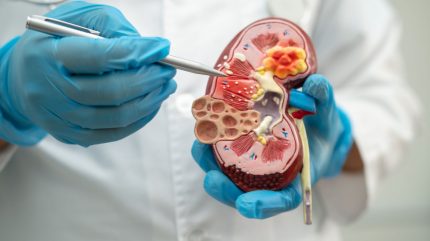
Renalys Pharma has secured Y6bn ($3.8m) in a Series A funding round to progress clinical trials of kidney disease treatments throughout Asia.
Catalys Pacific and SR One spearheaded the financing, with additional contributions from a consortium of investors, including the JPS Growth Investment Limited Partnership, Sumitomo Mitsui Trust Bank, the Japan Co-Invest IV Limited Partnership and the NVCC NO.9 Investment Limited Partnership.
The capital injection will aid Renalys Pharma in concluding the Phase III clinical trial of sparsentan, a new therapeutic candidate for the treatment of IgA nephropathy, in Japan.
Renalys acquired the rights for sparsentan under a licensing agreement with Travere Therapeutics.
Renalys Pharma founding CEO BT Slingsby stated: “Renalys is committed to developing innovative treatments that address growing healthcare inequities for patients in Japan and Asia.
“At Renalys, our paramount objective is to introduce new medicines that transform clinical medicine and patients’ lives, beginning with sparsentan for IgA nephropathy.”

US Tariffs are shifting - will you react or anticipate?
Don’t let policy changes catch you off guard. Stay proactive with real-time data and expert analysis.
By GlobalDataThe company filed an investigational new drug application for sparsentan with the Pharmaceuticals and Medical Devices Agency (PMDA) in Japan, in April 2024.
It also outlined its plans to initiate an open-label registrational study in the second quarter of 2024.
The anticipated results from a key endpoint, the urine protein/creatinine ratio, are expected in the second half of 2025.
SR One managing partner Rajeev Dadoo stated: “SR One is proud to actively partner with entrepreneurs, offering our full support to build transformative biotechnology companies.
“We are thrilled to join forces with Renalys as they push forward their pipeline of what we believe to be innovative renal disease therapies. Our investment in Renalys reflects our confidence in their ability to develop much-needed new medicines for patients in Japan and across Asia.”



